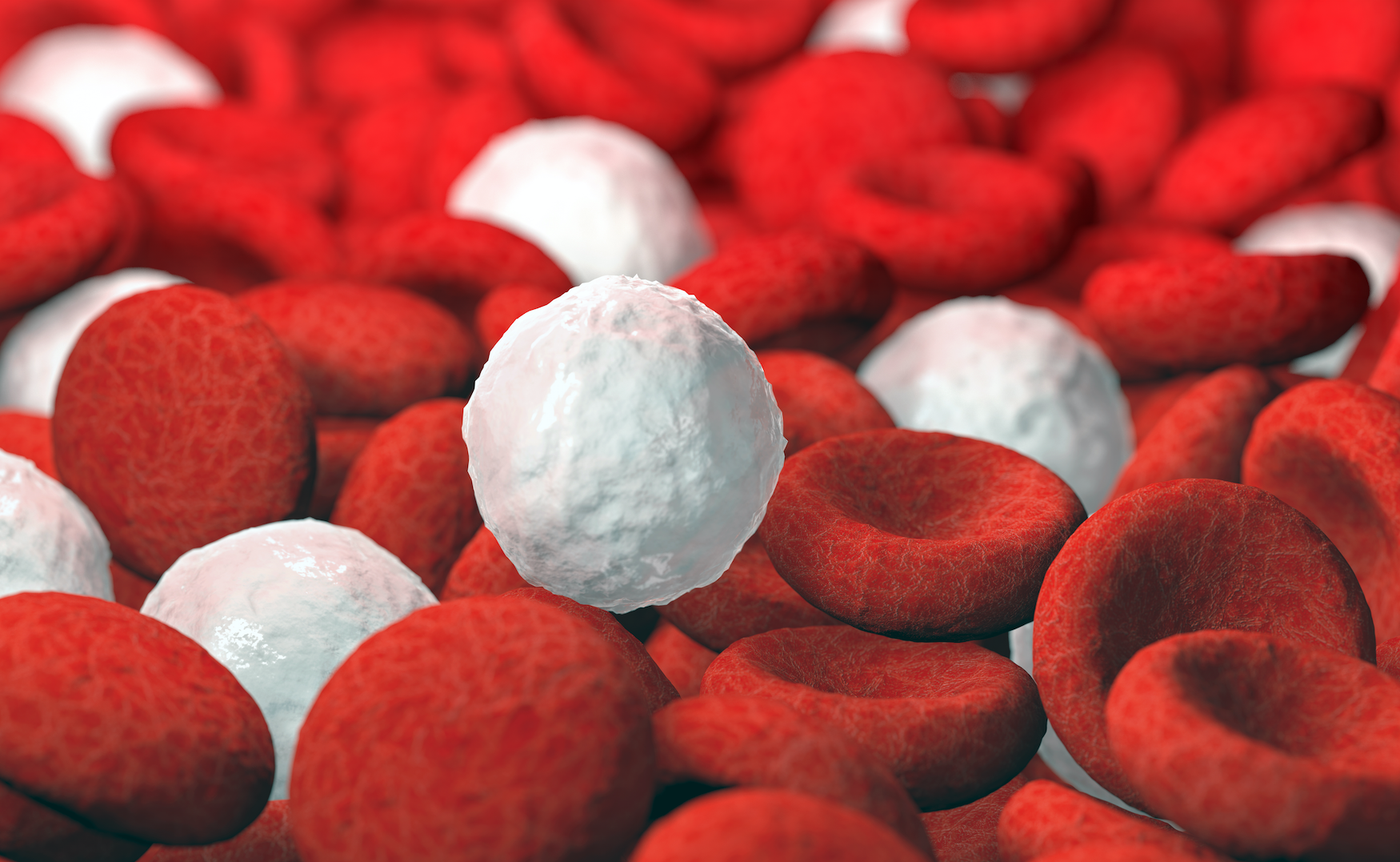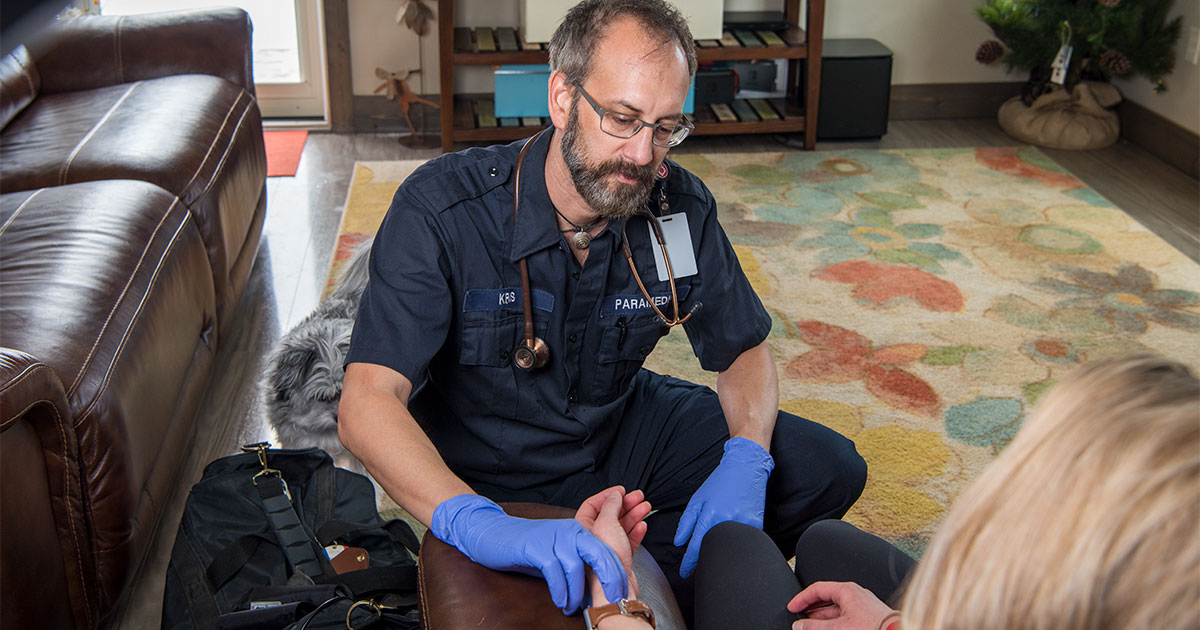Telemedicine for Ambulance Crews Has a Future, Despite Fiasco of ET3
EDITOR'S NOTE: The following is an excerpt from an article by Larry Beresford, originally published on EMS World on April 3rd, 2024. Check out the...
4 min read
 Hannah Ostrem
:
Sep 30, 2016
Hannah Ostrem
:
Sep 30, 2016

EDITORS NOTE: The following content originally appeared on EMS1.com as content sponsored by Pulsara. Special thanks to our guest blogger, Drew Rinella, for EMS1 BrandFocus.
—
Lactate may be used to identify a common killer in the prehospital environment.
According to data from the Centers for Disease Control & Prevention (CDC), one million cases of sepsis occur in the US each year, with 258,000 Americans succumbing annually to this life-threatening systemic inflammatory response to infection. Early recognition is crucial to the recovery of the sepsis patient, and lactate plays an important role in the diagnosis of this killer. Here are ten things you need to know about using lactate to identify sepsis:

Lactate is a chemical naturally produced by the body to fuel cells during times of stress. Its presence in elevated quantities is commonly associated with sepsis and severe inflammatory response syndrome.
Serum lactate is an important indicator of the septic patient’s prognosis. A level over 4 mmol/L is associated with a 27% mortality rate, with mortality dropping significantly as the lactate level decreases[1]. Lactate can be used as a guide for determining the severity of the septic patient’s illness and the effectiveness of their treatment.
There are two types of lactate that may be encountered. The form of lactate associated with sepsis is called L-lactate. The other form is called D-lactate and is more commonly associated with short bowel syndrome[2]. The chemicals are stereoisomers of each other, meaning the molecules of both compounds contain the same atoms but with the atoms arranged differently.
While the two terms are often used interchangeably, lactate is different from lactic acid. Technically speaking, an acid is a molecule that is capable of donating a hydrogen ion. Lactate is chemically similar to lactic acid but does not possess the extra hydrogen[3].
In the past, it was thought that sepsis created a rise in serum lactate due to anaerobic metabolism resulting from widespread hypoperfusion of the tissues alone. It is now known that — in the presence of sepsis — lactate is produced by the body in part as cellular fuel in response to stimulation of the beta-2 adrenergic receptors[4]. This is still poorly understood, however, with current theory suggesting that sepsis leads to elevated lactate from both aerobic and anaerobic sources, as well as decreased lactate clearance[5].
Even though lactate produced in the presence of sepsis may not necessarily be the result of widespread hypoperfusion, lactate can be an indicator that anaerobic metabolism is taking place. Therefore, lactate is sensitive to sepsis but not specific to sepsis. A tourniquet left in place for an extended period of time while collecting a blood sample may potentially cause serum lactate to become elevated by restricting blood flow[1]. It is recommended that tourniquets used to facilitate blood draws be left in place for no longer than two minutes at a time in order to minimize this effect.
False positives are not limited to anaerobic sources either. Administration of beta agonists such as albuterol can cause a transient increase in lactate, and liver failure can also lead to elevated levels as that organ’s ability to process lactate is reduced.
Because lactate may become elevated by several non-sepsis-related conditions, providers should use sepsis screening tools to confirm their suspicions prior to treatment. The CDC provides links to a number of these screening tools on its website. A further simplified and easily printable screening tool can be found on Dr. Scott Weingart’s EmCrit blog, with criteria such as:
There are currently at least two devices on the market allowing for the rapid testing of lactate in the prehospital environment. The machines come with some regulatory hurdles imposed by the Center for Medicare & Medicaid Services, and they do represent a significant investment to any EMS agency, but these devices may someday become the standard of care as our understanding of the time-sensitive nature of sepsis evolves.
In its guidelines issued in 2012, the Surviving Sepsis Campaign documents a link between the early diagnosis of sepsis and a reduction in mortality caused by sepsis-related multiple organ failure. Prehospital emergency medical services are perfectly poised to play an essential role in the rapid identification of sepsis using point of care blood testing.
It is a misconception that lactate values can only be trusted when drawn from an arterial source. The close correlation between lactate values obtained from venous and arterial blood is now well established[6][7]. However, suspicious levels obtained from venous sampling can be verified from an arterial source if time permits.
Lactate is being joined on the scene by another blood test with diagnostic value for sepsis. In June of 2016, the FDA gave approval for the marketing of a procalcitonin testing device in the US[8]. Procalcitonin is a marker of bacterial infection and systemic inflammation, bringing with it a greater degree of specificity for sepsis than lactate measurements offered.
![]()
Sepsis is the third leading cause of death in the United States. Survival depends on early recognition and treatment. Click here to read 10 things you need to know about sepsis to save lives.
References:
1. Boschert, S. "Is it septic shock? Check a lactate level." ACEP News. November 2007. Elsevier Global Medical News.
2. EmCrit. Lactate FAQ. Retrieved from: http://emcrit.org/wp-content/uploads/lactate-faq.pdf
3. Livestrong. What is the difference between lactic acid & lactate? Retrieved from:http://www.livestrong.com/article/470283-what-is-the-difference-between-lactic-acid-lactate/
4. PulmCrit. Understanding lactate in sepsis & using it to our advantage. Retrieved from:http://emcrit.org/pulmcrit/understanding-lactate-in-sepsis-using-it-to-our-advantage/
5. Gibot, Sébastien. "On the Origins of Lactate during Sepsis." Critical Care 16.5 (2012): 151.
6. Gallagher, E.john, Kevin Rodriguez, and Michael Touger. "Agreement Between Peripheral Venous and Arterial Lactate Levels." Annals of Emergency Medicine 29.4 (1997): 479-83.
7. Younger, John G., Jay L. Falk, and Steven G. Rothrock. "Relationship between Arterial and Peripheral Venous Lactate Levels." Academic Emergency Medicine 3.7 (1996): 730-33. Web.
8. "Roche Receives FDA Clearance for Its Procalcitonin (PCT) Assay to Help Clinicians Effectively Assess Sepsis Risk and Manage Sepsis Patients." Yahoo Finance. Roche, 23 June 2016.

EDITOR'S NOTE: The following is an excerpt from an article by Larry Beresford, originally published on EMS World on April 3rd, 2024. Check out the...

EDITOR'S NOTE: This article originally appeared on EMS1.com. Special thanks to our guest author, John Erich, for EMS1 BrandFocus Staff.__ No matter...

March Recap Our teams exhibited at 5 trade shows in March, including the South Carolina EMS Conference and the Texas EMS Medical Director Conference....